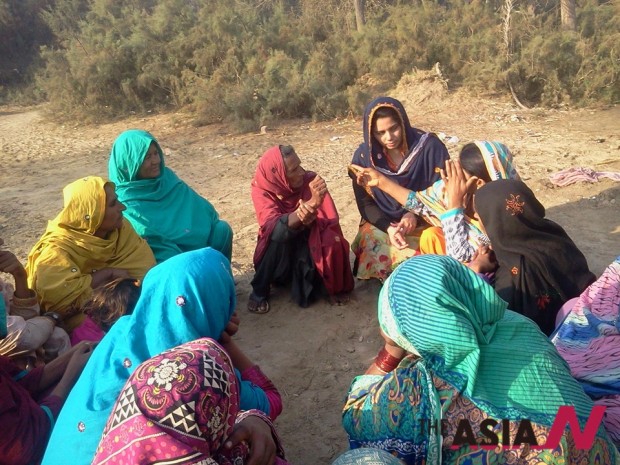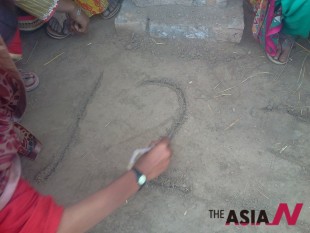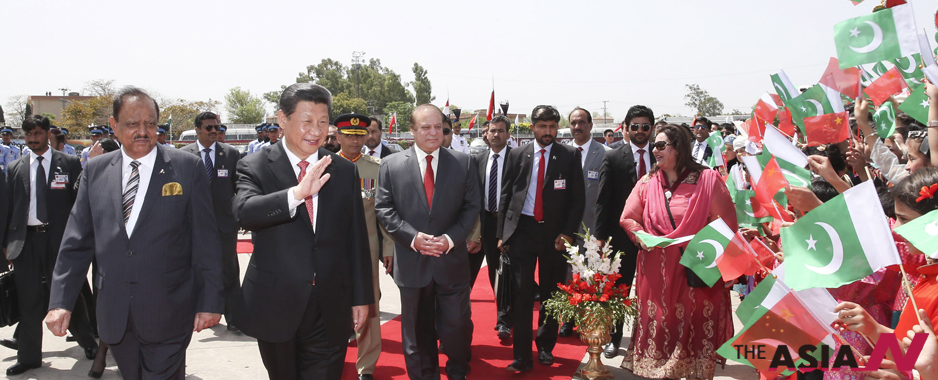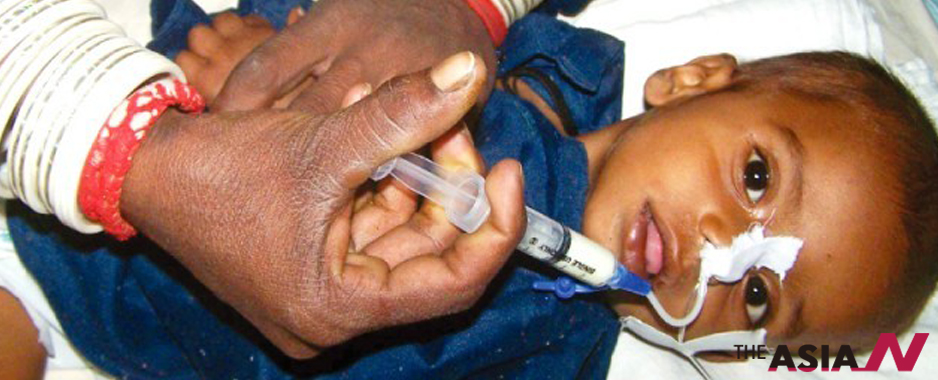
Ghosts haunt public sector education system in Pakistan
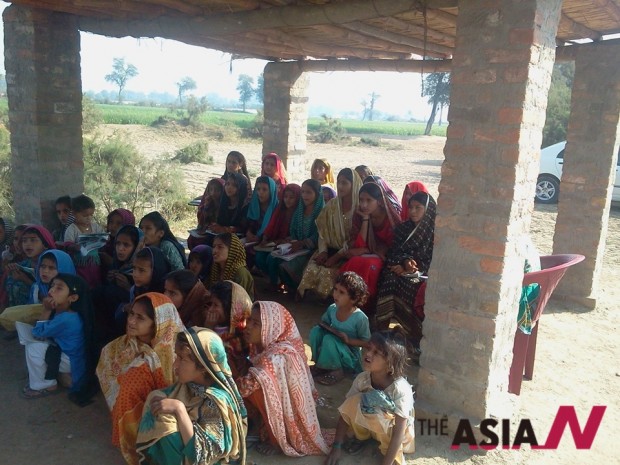
Pakistan is more familiar to the word ‘ghost’ than the other countries of the world. It’s not because we really have ghosts here, but since the word is more often used to identify non-existent or non-functional schools, and also the teachers absent from the duties, drawing salaries sitting at home, the word is widely known in this country. Even the official record mentions such schools and teachers as ‘ghost’, which has haunted the public sector education system for decades.
Millions of dollars are spent every year by the government in the education sector. Handsome salaries are paid to the teachers and huge funds are allocated for development of schools and improvement of facilities but if practically verified, the situation seems contrary with no educational activity and non-existence of thousands of schools while teachers, drawing salaries from government exchequer, are doing other businesses.
Most of the foreign-funded schools, run with hefty budget of billions of dollars, fall in ghost category too. A study, conducted by third party validation teams hired by the government a few years back, revealed that more than 1200 ghost schools under the Basic Education Community Project (BECS) existed in all the four provinces – Sindh, Balochistan, Punjab and Khyber Pakhtoonkhwa. “The teachers were getting salaries for promotion of literacy but no educational activity takes place,” say the study reported by press.
According to a report, out of total 13,213 schools under BECS, only 12,008 were found functional. The report pointed out 57 ghost schools in Islamabad. Overall, Khyber Pakhtoonkhwa (KP) took the lead in hosting ghost schools with 345 such institutions while FATA had 305. There were 276 ghost schools in Punjab, 69 in Balochistan, 64 in Sindh, 48 in Pakistan-administered Kashmir and 41 in Gilgit Baltistan.
The BECS was a project of the Federal Ministry of Education, devolved to provinces a few years back, aimed at enabling poor children from far flung rural areas and urban slums to complete primary education. The issue of such ‘ghost schools’ was also taken up by the supreme court of the country.
Apart from foreign-funded schools, a large number of other government-run schools have also been identified as ‘ghost Schools’. In Balochistan province, although only 36 out of 12388 are said to be ‘ghost’ schools, but the observers suspected that the number could be higher, as identifying the actual number was difficult task in a province faced with acts of militancy. Similarly, in restive province of Khyber Pakhtoonkhwa, it is reported that number of ghost schools runs in thousands, as over 3000 schools were destroyed or damaged by the religious militants’ terrorist attacks.
The Punjab province too is plagued by ghost schools as government data shows that out of 58000 schools, more than 266 are occupied for purposes other than education. Provincial secretary of education department, however, puts this figure at 460. The independent sources claim that the number of ghost schools in Punjab is much higher than the figures reported by government.
The situation in Sindh province is more pathetic where, it has been a known fact for over two decades that, around 7000 schools are non-functional across the province. Almost all the successive ministers of education had been issuing statements making high claims of functionalizing these inoperative schools but, surprisingly, no slight improvement could be seen yet. The figure of inoperative schools remains unchanged. The indifferent attitude of the government authorities towards education sector could also be judged from the fact that most of the elementary, middle, secondary and higher secondary schools of the province have been lacking in basic facilities like electricity, drinking water, toilets and even the boundary walls for decades.
The government itself concedes the fact, as according to data available on website of education department, 5922 boys’, 3582 girls’ and 16517 mixed (co-education) primary schools have no electricity; 5609 boys’, 3689 girls’ and 14364 mixed primary schools have no facility of drinking water; 4920 boys’, 2899 girls’ and 12839 mixed primary schools have no toilets; and 4338 boys’, 1992 girls’ and 12338 mixed primary schools are without boundary walls.
The situation at elementary, middle, secondary and higher secondary schools too is not different from it. The 23 boys’ elementary, 253 boys’ middle, 25 girls’ elementary, 259 girls’ middle, 60 mixed elementary and 448 mixed middle schools have no drinking water facility; 22 boys’ elementary, 225 boys’ middle, 21 girls’ elementary, 252 girls’ middle, 75 mixed elementary and 493 mixed middle schools are without electricity; 24 boys’ elementary, 207 boys’ middle, 23 girls’ elementary, 186 girls’ middle, 42 mixed elementary and 328 mixed middle schools are without toilets while 18 boys’ elementary, 140 boys’ middle, 5 girls’ elementary, 97 girls’ middle, 56 mixed elementary and 277 mixed middle schools have no boundary walls.
The data shows that 78 boys’ secondary, 3 boys’ higher secondary, 53 girls’ secondary, 5 girls’ higher secondary, 120 mixed secondary and 3 mixed higher secondary schools have no electricity; 102 boys’ secondary, 10 boys’ higher secondary, 69 girls’ secondary, 9 girls’ higher secondary, 118 mixed secondary and 6 mixed higher secondary schools are run without water facility; 80 boys’ secondary, 10 boys’ higher secondary, 51 girls’ secondary, 4 girls’ higher secondary, 72 mixed secondary and 8 mixed higher secondary schools are without toilet facilities while 48 boys’ secondary, 14 boys’ higher secondary, 12 girls’ secondary, 74 mixed secondary and 4 mixed higher secondary schools are without boundary walls.
Surprisingly, the Education Department keeps mum over availability of other facilities at the public sector schools like the desks for the students, chairs for the teachers, blackboards and other material for teaching. If surveyed, there could be thousands of such schools where there is no concept of desks, chairs and blackboards.



